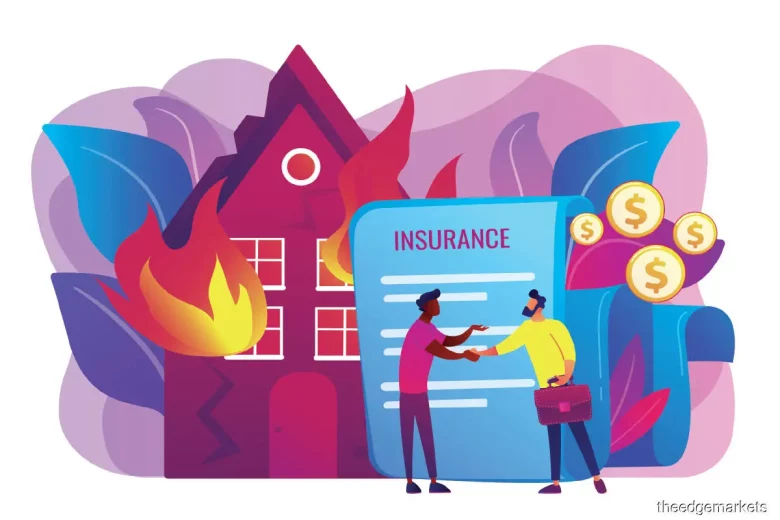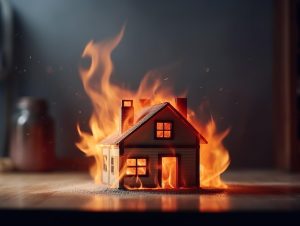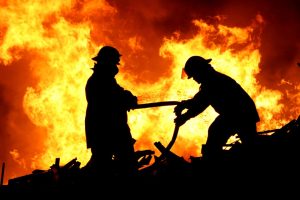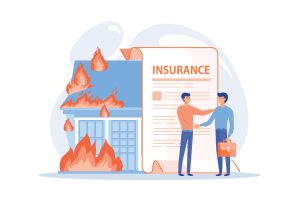In this uncertain world, it is important to protect your home and belongings. Fire insurance is one of your most important tools for managing risks. Once a fire breaks out, it can quickly turn into a disaster, causing enormous damage and losses. In this comprehensive guide, we’ll take a closer look at basic fire insurance coverage to help you understand the key components, benefits and things to consider when protecting your property.
1. What is Fire Insurance based On?
Fire insurance is a type of property insurance that protects you against financial loss due to fire. Different plans may cover different things, but basic fire insurance generally covers:
Home Insurance
This is the most important part of a home’s structure, as it covers the walls, roof, floors, appliances, and other structural components. In the event of a fire, the policy will reimburse the costs of repairing or rebuilding the house.
Insurance of Personal Property
Your personal belongings include furniture, clothing, electronics, and other items that you keep in your home. For example, if these items are damaged or burned down, the insurance will pay for new items.
Coverage of Additional Living Expenses (ALE)
If your home becomes uninhabitable due to fire, ALE insurance will reimburse the purchase of a new home. It helps pay for temporary living arrangements such as hotel stays, meals, and other necessary accommodations while your home is repaired or rebuilt.
Coverage of Independent Structures
This part of the policy covers structures on your land that are not related to your home, such as a detached garage, shed or fence. It ensures that any damage caused to these buildings during a fire is also compensated.
2. Know What is not Covered: Exclusions and Limitations
While fire insurance is an important safety measure, it’s also important to understand what it doesn’t cover. Damage caused by intentional acts, war, nuclear hazards and some natural disasters are common examples of non-coverage. Read your policy carefully and discuss these limitations with your insurance company so that you fully understand what you are and are not covered for.
3. Check Coverage Limits: Make Sure You have Adequate Protection
An important part of taking out good fire insurance is determining the correct coverage. Your policy limits should cover the costs of rebuilding your home, replacing property, and paying for additional living expenses. By taking a detailed inventory of your property and speaking to a professional appraiser, you can calculate the value of your property and ensure that your insurance coverage is suitable for your needs.
4. Cost Factors that Influence Premiums:
The costs of fire insurance depend on many factors. Some of them are:
Location
The extent to which your premium is influenced by the location of your home is important. When it comes to home insurance, places that have had higher fire risks in the past or are prone to wildfires may have higher insurance rates.
Building Materials
The products you use to build your home can affect your insurance rates. Fire-resistant materials can lower insurance rates because they reduce the chance of serious injuries from fire.
Fire Safety Measures
Homes with fire safety features such as smoke detectors, fire extinguishers and sprinkler systems can receive lower insurance rates.
History of Claims
Premiums may be affected by the number of claims you have made in the past. Premiums may be higher if the building has a history of multiple claims, including fire-related claims.
5. Extra Protection: Extra Coverage and Recognition
Basic fire insurance covers the basics, but homeowners can choose to add additional coverages and endorsements to increase their safety. Some of them are:
Longer Replacement Cost Coverage
This coverage increases policy limits to cover reconstruction costs above standard limits. This gives you more financial security.
Approval of Inflation Champions
This approval immediately changes your coverage limits to keep pace with inflation and account for the fact that construction costs continue to rise.
Flood Recovery
Although not directly related to fires, water damage can occur while firefighters are working. Adding a flood cover will give you complete protection after a fire.
6. How to Make a Claim: A Guide to the Process
If a serious fire breaks out, it is important to know how to make a claim. When you apply for fire insurance:
Tell Your Insurance Company
Contact your insurance company immediately to begin the claims process. Early notification ensures a faster assessment of the damage and an easier solution.
Write Down the Damage
Take photos of the damage and make a detailed list of any damaged or missing items. This document is very important as evidence during the claims process.
Completion of the Work with the Damage Adjuster
Insurance companies typically send a claims adjuster to determine the severity of the loss. Cooperate fully with these professionals and provide them with all the information they need to help them evaluate their case.
Write Down All Your Expenses
If you need to move temporarily, keep detailed records of all costs you pay, such as accommodation, food and transport. This information is important if you are trying to obtain additional coverage for living expenses.
View and Discuss Settlement
When you receive a compensation quote, read it carefully to make sure it matches your insurance coverage. Don’t be afraid to talk to your insurance company about an honest answer if you need one.
Conclusion:
To protect your property and give you peace of mind, you need to know what basic fire insurance covers. By understanding the different parts of your policy, reviewing coverage, and exploring other coverage options, you can tailor your coverage to the needs of your home and property. Strong fire insurance can provide you with financial protection if something bad happens, so you can rebuild with confidence and get back on your feet. An insurance professional should always be consulted to ensure that your coverage is appropriate for your specific needs and adequately protects you against unknown fire risks.



